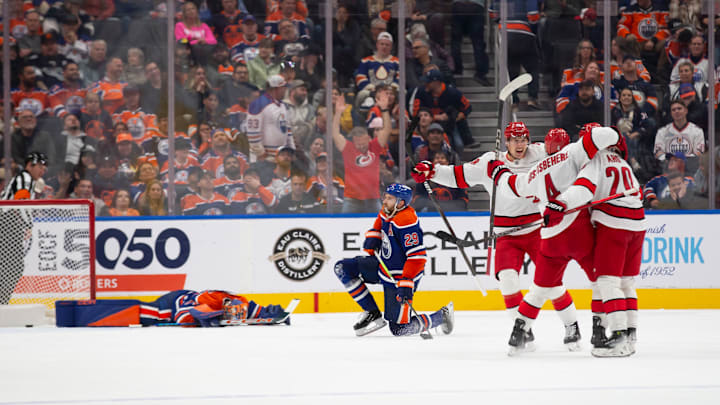If you're a die-hard hockey fan, you already know what happens when teams are deadlocked after 60 minutes. But for the casuals, we're here to help you understand how arguably the best part of the sport works.
Two teams play three periods (20 minutes each) but if they're tied by the end of regulation, the game requires an extra period and sometimes a little bit more to decide a winner.
But the tie-breaking procedures differ between the regular season and the playoffs, we'll break it all down for you here.
How does NHL overtime work?
In the regular season, once regulation is completed, the teams take a short break (not a full intermission) at their benches before the overtime period begins. The NHL altered its overtime rules in 2015-16 to the current format.
Overtime is a five-minute extension of the game but teams are only allowed to put three players on the ice, also known as three-on-three play. If there were any late penalties doled out at the end of regulation, they would carry over into the extra period but instead of the penalized teams losing a man, the team on the power play would gain an extra player (i.e. four-on-three for the remainder of the penalty).
The two teams play the five-minute period until one team scores. The extra standings point is then awarded to the winner of the game (two points) while the loser skates away with just a single standings point.
In the event of a tie after the five-minute overtime period, both teams will head to a shootout. Each team selects three shooters and a best-of-three shootout commences. One shooter at a time, one-on-one with the goalie — the puck must always be moving forward so no fancy skating loops are allowed.
In the playoffs, however, overtime becomes a completely new period. A full intermission is had and then another 20 minutes is put up on the clock and teams play five-on-five, normal rules until one team scores and ends the game. This format reflects more of what the league was like prior to 2005-06.
